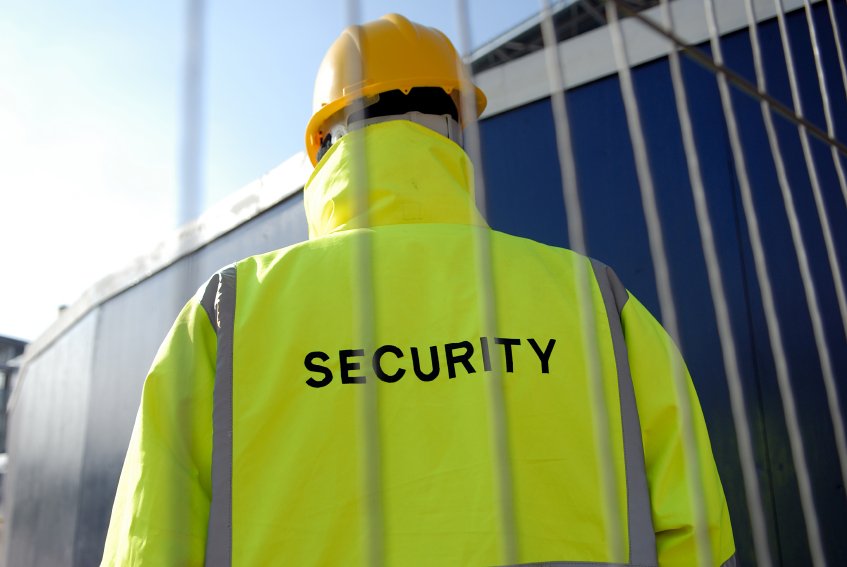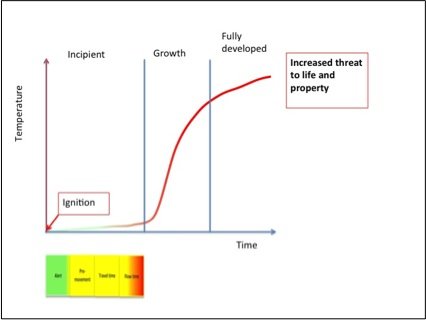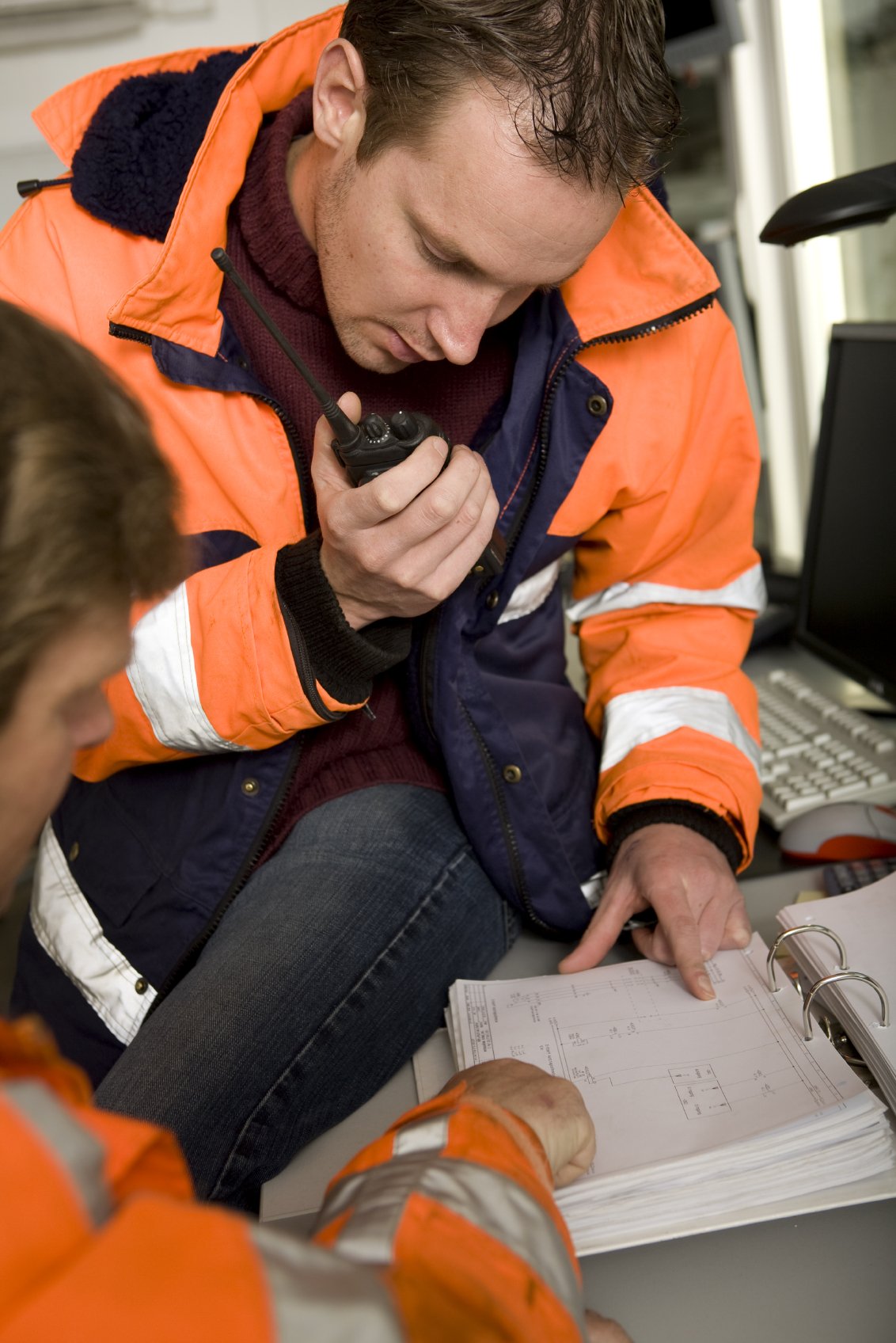Dr David Gold, chartered safety and health practitioner, founder, Gold-Knecht Associates
Security guards, be they employees or persons employed by a contracted security service, have important responsibilities to fulfill. A responsible security guard is trained and actively ensures that lives and property are protected from natural or human events, be they accidental or malicious.

Similar to the role of the safety and health practitioner, the security should have the training (resulting in the knowledge and skills) and experience to prevent incidents from occurring as well as the competencies to intervene if an incident should occur. Thus the security guard must be able to continually focus on prevention, protection and emergency intervention in dealing with the protection of lives and property.
A poorly trained security guard may have the best interest of the company at heart, but may unintentionally create situations that lead to serious losses of human life. Here are several examples:
A little more than a century ago, in March 1911, in New York city, a factory that manufactured garments situated on the eighth, ninth and tenth floor of a ten story building caught fire. One of the only stairways not comprised by the fire was normally locked, so that employees could be searched for pilfered materials. The foreman, who kept the key, escaped by a different route and workers could not escape. Early notification and unlocked exits could have made a difference.
In May 1993, a fire broke out at the Kader Toy Factory outside of Bangkok, Thailand. A seemingly small fire was discovered on the ground floor, which security guards tried to extinguish. Other security guards told workers to stay at their workstations even though smoke and other fire by-products were spreading throughout the building. As the fire intensified and spread, one of the principal evacuation stairways became unusable and workers therefore fled the fire down the one usable stairway. The security guards, however, still thinking the fire was small, sent workers escaping down the usable stairway back up to return to their workstations. There was therefore a wave of workers trying to flee the fire and a wave of workers trying to return to the upper floor via the same staircase. There were a large number of fatalities in the stairway where fleeing and returning workers could no longer move. Adequate security guard training, transitioning them into a mode to support evacuation, could have possibly made a significant difference.
In a recent South Asian fire with fatalities, security guards allegedly told workers that the fire alarm was a drill and they should go back to their workstations.
Some workers have expressed concerns that security guards increase the risk of not being able to escape from a fire by turning off alarms and locking doors.
Additionally, in some localities, if there is a false alarm and the fire service responds, the enterprise may pay rather expensive fine. In response to this, in some enterprises or organisations, security guards have been assigned the task of going to the site of the alarm and confirming there is a fire before evacuation begins and the fire service is called. This practice dramatically reduces the time for employees, visitors and contractors to escape to an area of safety.
With a view to facilitating an understanding of the important critical role of security guards there are several important fire safety concepts.

Figure 1: Four stages of evacuation
Figure 1 is a time line that describes the four stages for evacuation.
-
The alert phase is from ignition to the point when the alarm is sounded.
-
The pre-movement phase is from the tome the alarm is sounded until people start moving towards the emergency exit.
-
The travel time is from when people start moving until they reach the exit.
-
The flow time is the time it takes for people to move through the exit.
The times are variable and depend on detection and notification systems, the quality and frequency of evacuation drills and the role of individuals such as security guards, evacuation wardens and the internal workplace fire brigade.
By intervening rapidly, ensuring the alarm is properly transmitted and encouraging people to calmly move to and through emergency exits to external assembly points, the security guard is in an excellent position to facilitate the evacuation process.

Figure 2 shows the relation of the time / temperature curve along with the four phases of evacuation. This graph demonstrates that evacuation should be accomplished early during the incipient stage of the fire. Any delays such as confirming that there is a fire, before the evacuation is started and before the fire service is called, dramatically increase the risk to life and property.
Documenting the role of the security guard
In the fields of occupational safety and health and fire safety, there are two documents that define the roles of individuals. During the normal course of events, the occupational safety and health policy, along with directives and requirements define arrangements as to who does what in an enterprise. This document should clearly define to what extent the security guard is engaged in preventing fires, ensuring exit pathways are clear, unobstructed and unlocked; and that fire protection equipment is where it belongs and is unobstructed.
Every enterprise also needs to have an emergency action plan that details the role and responsibilities of all parties concerned. The roles and responsibilities of security guards during an emergency need to be clearly laid out in this document.
The relevant content of both of these documents need to be communicated to security guards and their superiors.
Listed below are examples of a number of areas that security guards should be engaged in.
Prevention: The security guard needs to have an understanding of what fire is, how it occurs and how it spreads. During their rounds, they should be able to identify and correct where possible fire hazards related to sources of ignition and fuel as well as immediately report dangerous situations to a competent person.
Protection:
-
Alarm systems: Often there is a security guard stationed in close proximity of the alarm notification panel. There should be a system in place by which a competent security guard regularly checks the status of the alarm system and ensures that faults are immediately reported and addressed. There should also be a standard operating procedure by which when the alarm sounds, if the alarm is not automatically transmitted to the fire service, the fire service is immediately notified. If the system automatically notifies the fire service, a backup call is immediately made to the local fire service. These procedures should be clearly delineated in the emergency action plan.
-
Automatic suppression systems: When automatic suppression systems such as sprinklers are in place, there should be a procedure by which competent security guards checks that the automatic sprinkler system valve is locked in an open position. During rounds, the security guard should identify and report on situations where sprinkles heads are obstructed.
-
Means of egress: Each workstation should have two clear, unobstructed and unlocked exit pathways leading to a designated external emergency assembly point. During rounds the security guard should be vigilant in regularly ensuring that exit paths continually meet the above-mentioned criteria.
-
Accounting for workers, contractors and visitors: If dictated by the emergency action plan, the security guard may be designated to go to the emergency assembly points, account for workers, employers and contractors, and transmit information about missing persons to the fire service. The security guards may be required to regularly ensure that the system is functional and up-to-date.
-
Firefighting equipment: During rounds security guards should ensure that all firefighting equipment such as fire extinguishers and call points are unobstructed.
When a fire alarm is sounded or when the security guard is notified of a fire, the priorities of the security guard need to focus on the preservation of human life. They need to ensure the following:
1.  The alarm has been transmitted to the local fire service.
The alarm has been transmitted to the local fire service.
2. The internal evacuation alarm has sounded.
3. The alarm has been transmitted to the internal evacuation wardens and, if present, the internal workplace fire brigade.
4. Workers, contractors and visitors are moving calmly to an external emergency assembly area.
5. All workers, contractors and visitors are accounted for and information about missing persons is immediately transmitted to the fire service.
6. A designated person is guiding the local fire service to the scene of the emergency.
7. No one is permitted back into the building(s) until the all clear sign is given by the fire service.
If, during rounds, a security guard sees a small fire, a fire that has not spread, such as a fire in a waste bin and the security guard is trained in the selection and the use of fire extinguishers, if safe to do so the security guard, using extreme caution, should:
Try to put out a fire only if:
-
the area has been evacuated
-
and the fire department has been called
-
and the fire is confined to a small area
-
and there are no hazardous materials involved
-
and there is a clear escape route behind you
-
and there is a working fire extinguisher that is suitable for the type of fire
-
and you have been trained to use the fire extinguisher.
-
If you have the slightest doubt about fighting a fire, don’t. Get out.
-
Source: http://www.gov.mb.ca/justice/safe/private/pdf/securityguard_manual.pdf
If you choose to use an extinguisher and you are unable to suppress the fire in five seconds, get out.
Competency is defined as a combination of the necessary knowledge, skills and experience. Through training, education, practice and drills, security guards should develop the necessary competencies to prevent and protect against fire and deal with fire emergencies.
The emergency action plan should clearly stipulate the role of the security guard during an emergency and how they interface with others such as evacuation wardens, first aiders, the workplace fire brigade and the local fire service. In this way the security guard becomes part of an emergency team building trust and confidence with all parties concerned.
Fire Safety in 2023 eBook
SHP's sister site, IFSEC Insider has released its annual Fire Safety Report for 2023, keeping you up to date with the biggest news and prosecution stories from around the industry.
Chapters include important updates such as the Fire Safety (England) Regulations 2022 and an overview of the new British Standard for the digital management of fire safety information.
Plus, explore the growing risks of lithium-ion battery fires and hear from experts in disability evacuation and social housing.




 The alarm has been transmitted to the local fire service.
The alarm has been transmitted to the local fire service.
is a great work, these adresses the pros and cons in the event of a fire to a warden,
yes very interesting information.. thanks for sharing